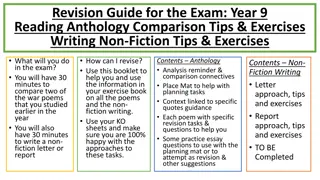Exam Style Music Revision: Tonality, Rhythm, Speed, and More
Dive into exam-style music revision covering topics such as tonality, key signatures, rhythm/tempo, speed changes, and various musical elements. From major/minor tonality to dynamic markings and instrument descriptions, enhance your music knowledge through this comprehensive guide.
Download Presentation

Please find below an Image/Link to download the presentation.
The content on the website is provided AS IS for your information and personal use only. It may not be sold, licensed, or shared on other websites without obtaining consent from the author. Download presentation by click this link. If you encounter any issues during the download, it is possible that the publisher has removed the file from their server.
E N D
Presentation Transcript
What is the tonality Major or Minor Melody/Harmony Repetition? Sequence? Perfect cadence, Imperfect cadence, Imitation, Ornaments Rhythm/Tempo How many beats in a bar? (2, 3,4 beats, Simple time, Compound time) What is the speed Allegro, Andante/Moderato, Adagio Does the speed change? Accelerando, Ritardando, Rallentando, Rubato (speed constantly changes) Dotted rhythms, Synocopation Instruments List all the instruments Describe how they are being played Dynamics Forte, Piano, Mezzo forte, mezzo piano, Crescendo, Dimuendo Texture/Structure/Form Structures: Verse & Chorus, Middle 8 Binary AB, Ternary ABA, Rondo ABACA Texture Homophonic, Polyphonic/Contrapuntal
Starter task: Match the key signatures There are 4 key signatures you should know C F G Am
Today you will revise over exam style questions and literacy techniques
Melody/Harmony = Tonality Major = Minor = Atonal = Polytonality/Bitonality (AH)
Key signatures There are 4 key signatures you should know C F G Am Draw and match up with the correct Key signature
Rhythm/Tempo How many beats are in a bar? What is the speed of the music?
Section 3 Speed and speed Changes 1. Write down the 4 speeds you know 2. Write down the 4 speed changes
Speed and speed changes you should know! Allegro A fast tempo (speed), approximately 120-168 beats per minute. Andante - A tempo at a walking speed, approximately 76-108 beats per minute. Moderato - A medium tempo (speed), approximately 108-120 beats per minute. Adagio - A slow tempo (speed), approximately 66-76 beats per minute.
Rubato - Translates as 'robbed time' which means the music will speed up and slow down in order to allow for expression, therefore there will not be a strict tempo maintained. Ritardando The music slows down Accelerando The music gets faster Rallentando The music gradually slows down A tempo - An instruction to return to the speed that was played before the tempo changed. For example, if the music is allegro, then has a rallentando, followed by the instruction 'a tempo', it means that after the rallentando the music should return to allegro.
Timbre and Dynamics What instruments/groups are performing What are the volume changes
Dynamics 1. What does dynamics mean? 2. Write down all the dynamics you know
https://www.youtube.com/watch?v=ZW6Jtl8wewg&list=PL7A4D9C100657150E&inhttps://www.youtube.com/watch?v=ZW6Jtl8wewg&list=PL7A4D9C100657150E&in dex=5 Melody/Harmony Tonality Major/Minor Rhythm/Tempo How many beats in a bar? Tempo? Tempo changes? Texture/Structure/Form Timbre/Dynamics Instruments How they are performed Changes in volume
Dynamics you should know! Crescendo pp p mp pianissimo piano Mezzo piano Very soft soft Moderately soft Diminuendo mf Mezzo forte Moderately loud loud Very loud Sfz - Sforzando f Forte Fortissimo ff
Harmony: Cadences 1. Write down the two cadences you should know
Cadences you should know! Perfect A full stop. Sounds finished and uses chords V - I Imperfect A comma. Doesn t sound finished. Uses chords I V Key Perfect cadence Imperfect cadence C F G Am
Higher cadences Plagal A full stop. Sounds finished and used at the end of a hymn (Amen) IV - I Interrupted Sounds like it will finish but goes in another direction V - VI Key Plagal cadence Interrupted cadence C F G Am
Repeat sign You must make the 2 lines obvious The dots must appear in the middle 2 spaces
Triplets 3 notes in the space of 2 3 against 2 =
Performance directions Staccato To play short and detached Accent To emphasise a specific note
a. Identify the time signature b. Name the key of the excerpt c. Give the number of a bar that starts with a group of semiquavers d. Name the cadence which you hear in bar 2 e. The interval (distance) between the first two notes in bar 8 is a _________ f. The letter names of the two softest notes in the excerpts are ______ and ______
Section 6 - Voices Name the 6 voices you know and put them in order of range from highest to lowest Soprano Mezzo Soprano Alto Counter tenor (AH) Tenor Baritone Bass
Section 10 Concepts linked to vocal music A cappella Opera Backing vocals Aria Descant Da capo aria Colaratura Syllabic Song cycle Melismatic Sprechgesang
Vocal music Motet Ballett Madrigal Anthem Chorale Oratorio Plainchant Mass Recitative Gospel Bothy ballad Waulking song Gaelic Psalm Aria Chorus Opera Mouth music Reggae Rapping
Section 8 - Texture Homophonic Polyphonic Contrapuntal Antiphonal (AH)
Section 9 Texture/Structure/Form Binary Through Composed Ternary Rondo Concerto grosso Ripieno/concertino/ritornello Strophic Fugue Subject/counter subject/stretto Theme and Variation Leitmotiv Ground bass Canon
Mind map Scottish music Jazz and Blues Expression and articulation
Mozart Piano Sonata in C Melody/Harmony Rhythm/Tempo Texture/Structure /Form Timbre/Dynamics
UM 1.2 1. Write a paragraph to describe the Classical period 2. What is a Sonata? 3. What instrument was developed during the classical period and how was it different from the Harpsichord? What was now possible on this instrument that had been impossible on the harpsichord? 4. How did Mozart use these features in his piece Sonata in C 5. Find out information on this piece eg when was it composed
Minimalism What is minimalism Who composed in a minimalist style Why did composers write in a minimalist style When did it begin/develop Steve Reich Who was he Examples of his works Any facts about his life and work
Music for 18 musicians www.18musicans.com List the instruments performing Tempo and time signature Features you can identify Dynamics What the music resembles to you What is the structure? How is the piece built together?



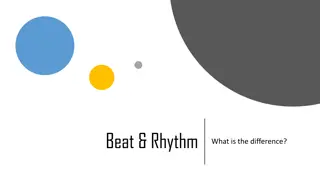
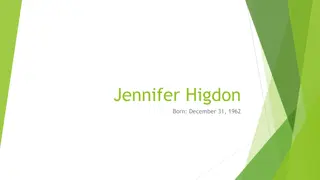

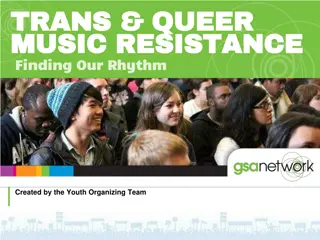
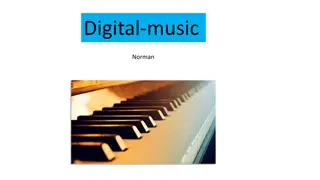
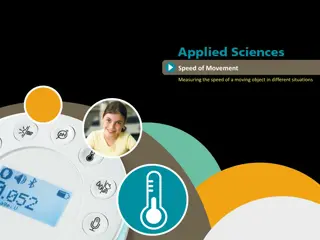
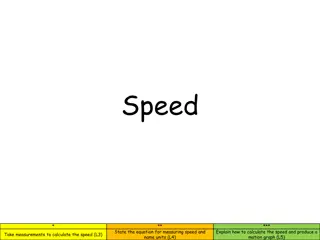
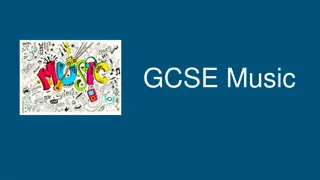
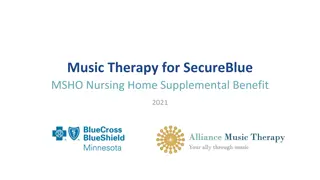
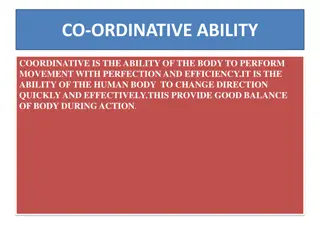
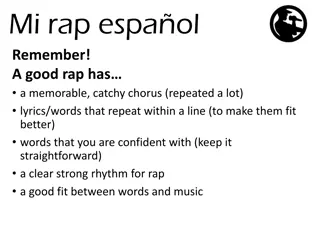
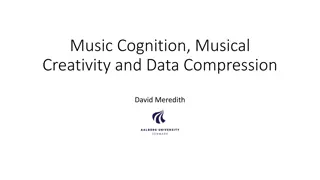
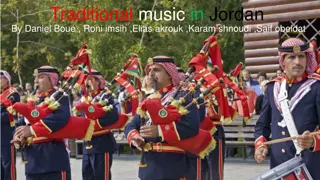
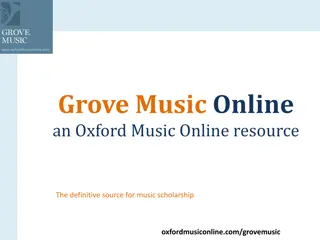
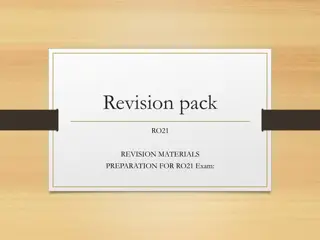
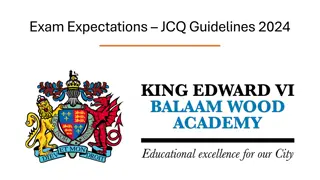

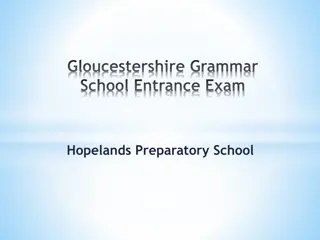
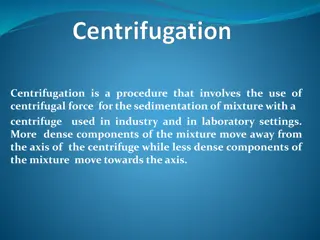
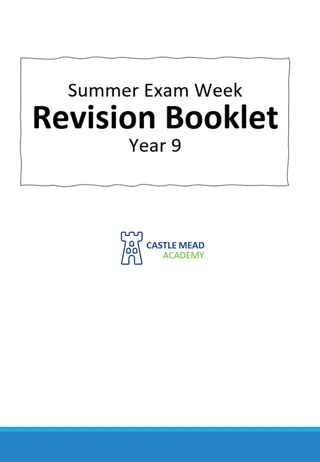
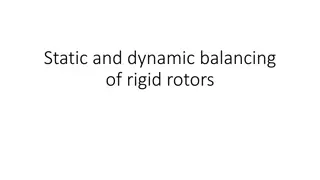
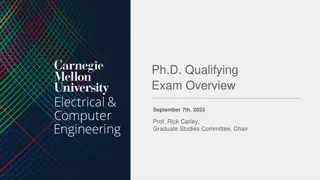

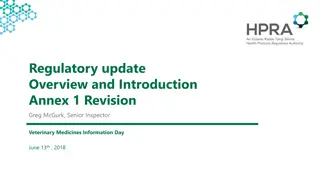
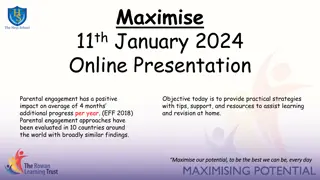
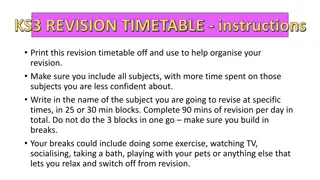

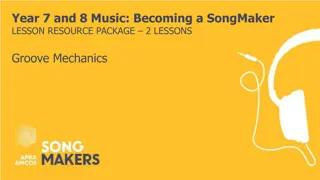
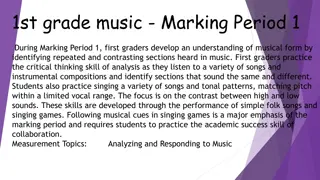
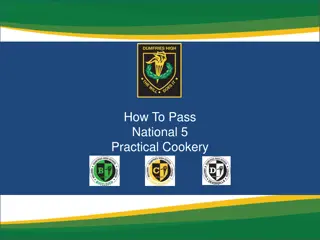
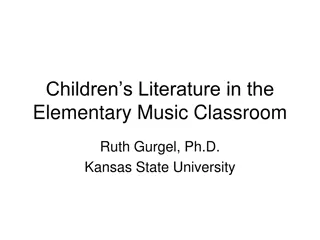
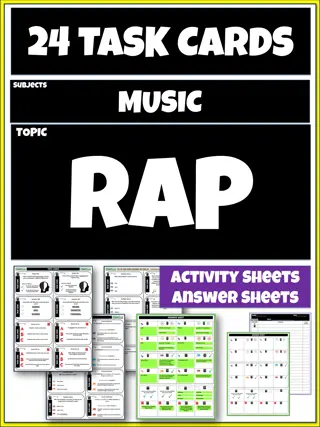
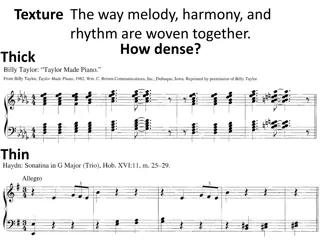
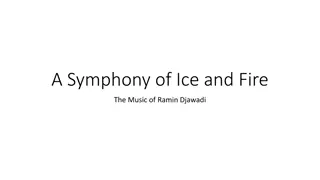
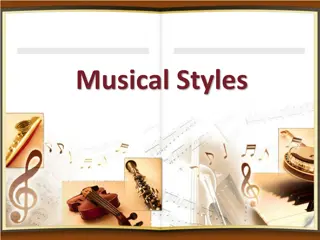
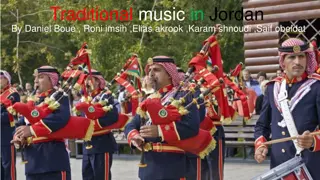
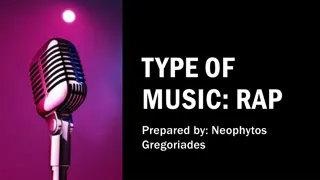
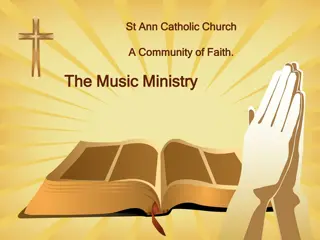
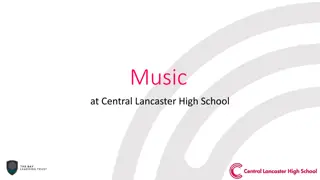
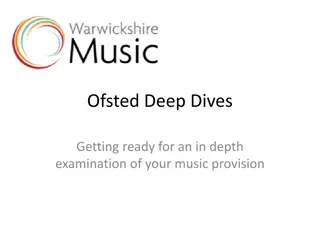
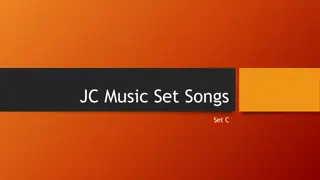
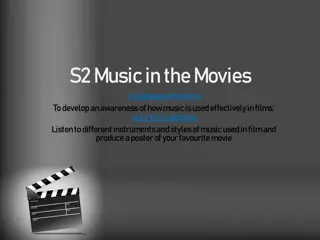
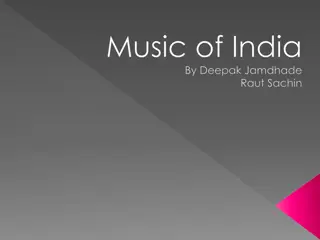
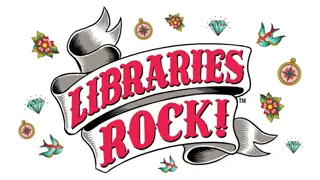
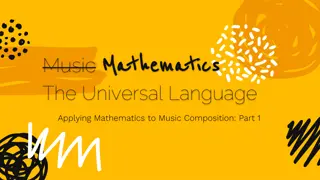
![Explore the Exciting World of Live Music Through [Insert Town/City] Census!](/thumb/148894/explore-the-exciting-world-of-live-music-through-insert-town-city-census.jpg)
